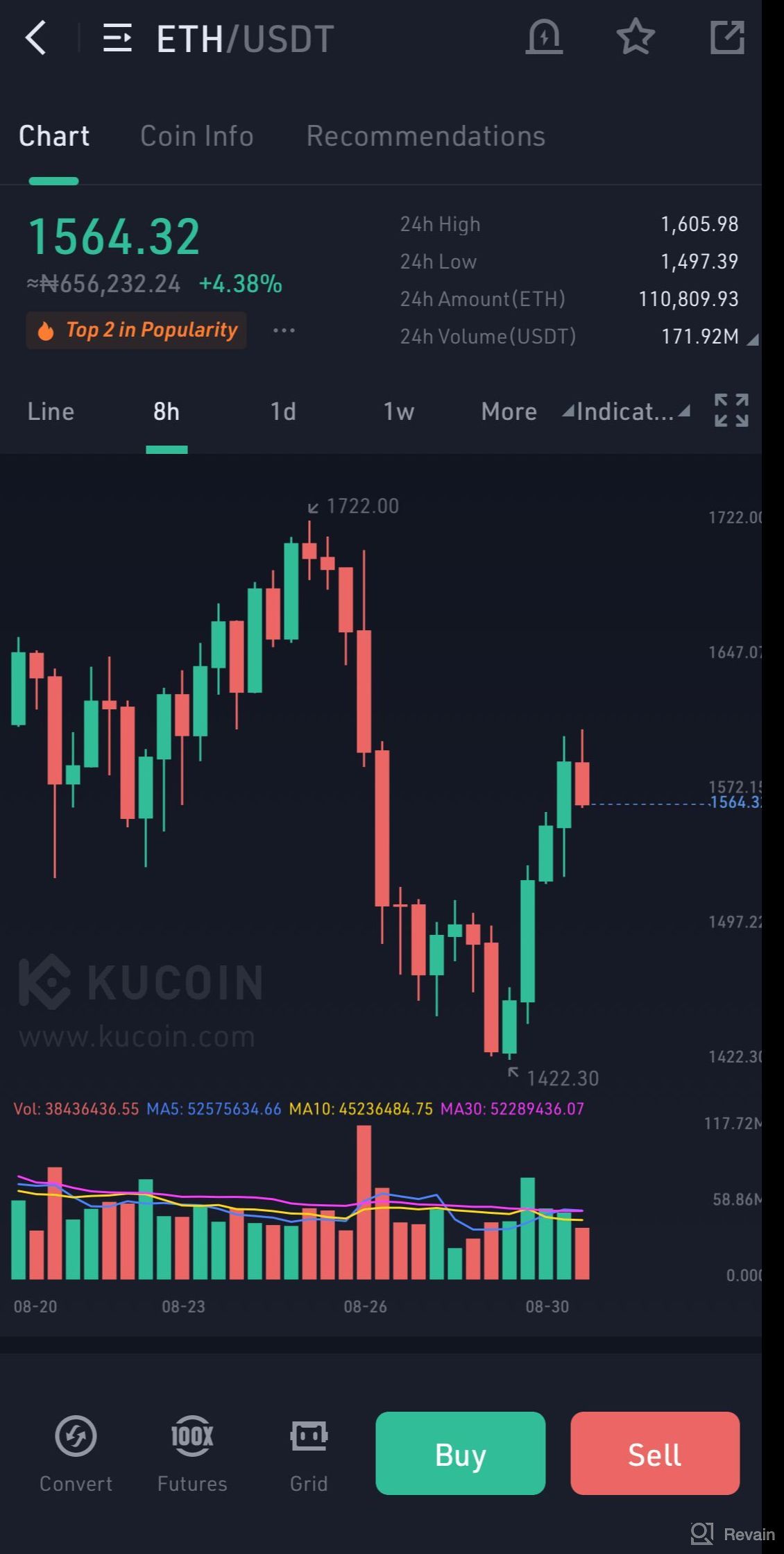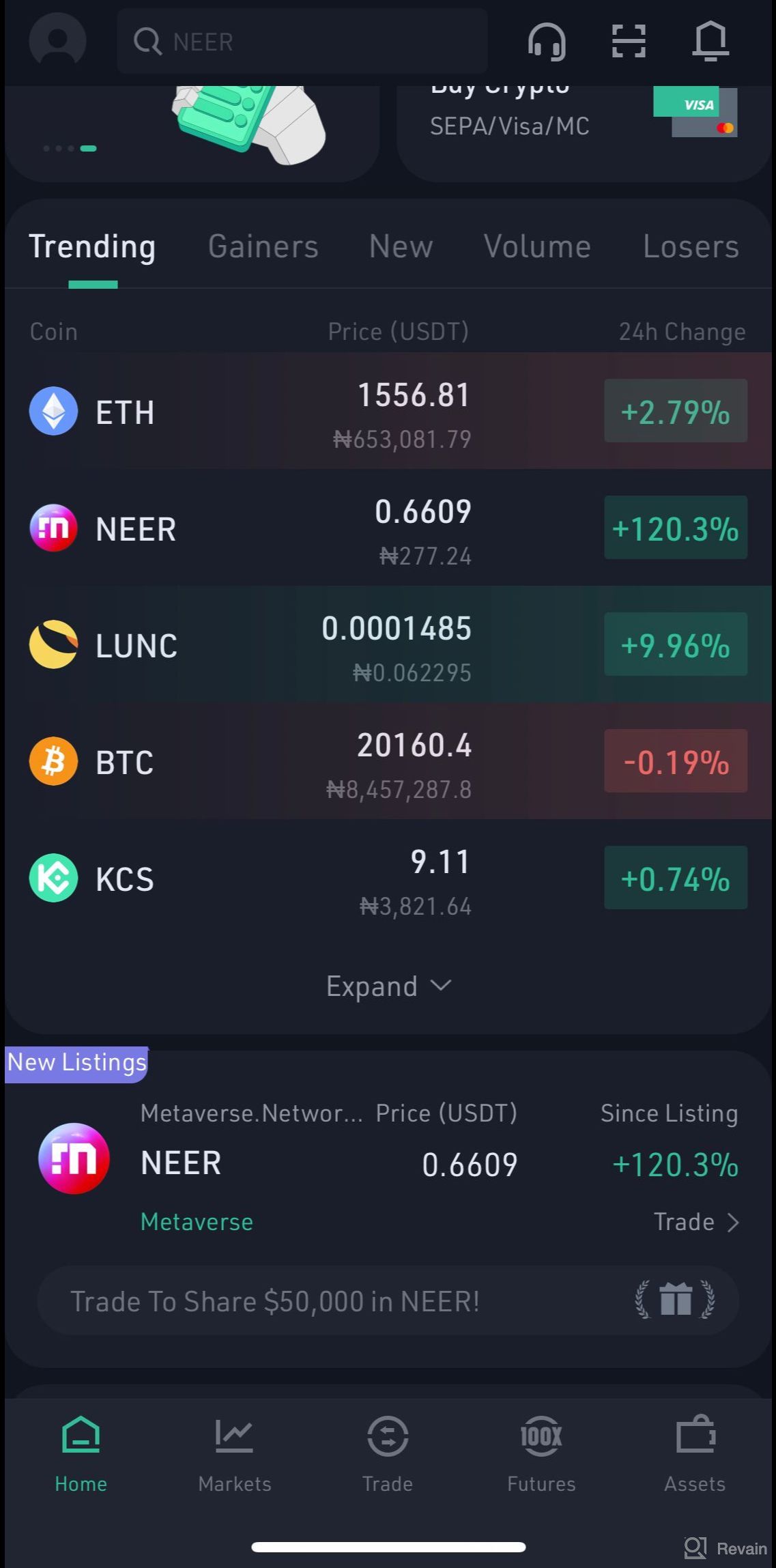
Review on Ethereum by Benaiah A. Akinlade

“Ethereum”; The Subordinate that became the competition
THE ETHEREUM MERGE; A way forward for the ETH ecosystem
The current bear run in the crypto space is definitely affecting most of the cryptocurrencies so much that most investors are counting their losses. It is now obvious that only the assets that have a solid foundation will survive liquidation.
Ethereum is one of the most popular and the second largest cryptocurrency in the world after Bitcoin. One major issue with the ethereum popularity is that is the most widely adopted crypto blockchain and this leads to network congestion and thereby causing exorbitant charges of gas fees for transactions to be completed. There was a time when I needed to complete a $3.00 worth of ethereum transaction with a $5.00 gas fee. The gas fee on the ethereum blockchain is a source of concern for many crypto users.
There seems to be a respite in the problems being faced on the ethereum blockchain with the proposed transition from Proof of Work to the Proof of Stake algorithm as part of the ETH 2.0 upgrade. The “Merge” as it is referred to, has been delayed a number of times due to unforeseen circumstances but all seems to back on track and “The Merge” has been pushed back to September.
This proposed merge and upgrade has resulted in the rise in the prices of cryptocurrency as research shows that investors and traders are now in favor of hodling ETH over BTC as it is believed that ETH is currently dictating and influencing the price behaviors of other crypto assets in the crypto space.
The upcoming ETH Merge is believed to be one of the most influential events in the history of cryptocurrency as it is expected to affect Ethereum in both technical and economic ramifications.
Expected Effects of The Merge
The ETH merge is the transition from PoW to PoS. It will change the way the ETH chain handles the verification of transactions. Previously, with PoW large volumes of computing power is consumed to validate and create new blocks, but now, with PoS, miners will stake ETH to the network, this will in effect reduce energy consumption on the network dramatically.
With PoW, a new ETH block is completed and finalized in every 13 seconds where miners hustles to be the one who finalizes the block. Due to the fact that all miners have to be available to be allotted the opportunity to finalize the block, it requires a lot of computer power which in effect consumes a lot of electricity despite the fact that only one miner can finalize and verify the block and transactions.
With PoS, only one randomly selected miner/validator is needed to finalize a block. The random selection is based on the validator’s amount of ETH staked.
The process of selecting of a validator is completed before the block, so there’s no reason for miners to complete for the same blocks. This directly reduces Ethereum’s energy consumption. This reduction is also expected to affect the gas fees on the ETH chain positively by reducing the gas fees being charged to complete transactions. It will also reduce the amount of ETH being paid to miners and thereby reducing the inflation on the ETH economy.
All these are expected to have an impact on the ETH price prediction.



- It’s has good potential for trading as it rises more than it falss
- crypto trade is volatile as it can fall drastically, thereby making it risky












